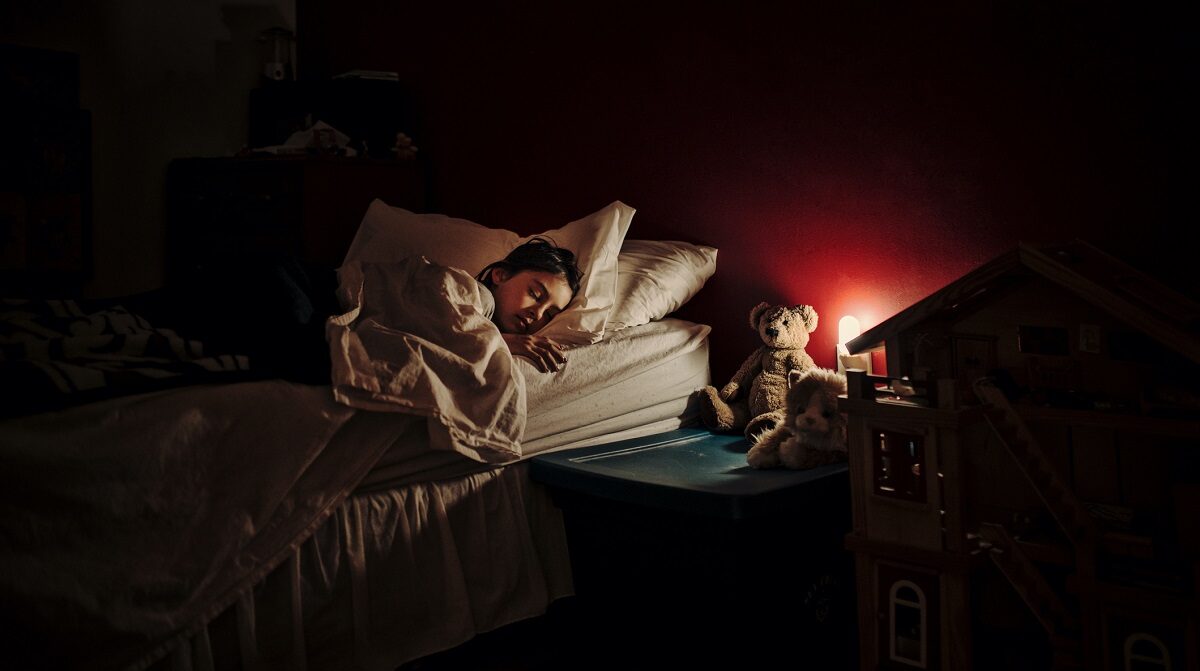
© Donald Iain Smith / Getty Images
Humans (and other animals) need sleep as much as they need water and oxygen, and considering we spend about a third of our lives doing it, it clearly serves an important function. But, despite many theories, much of sleep's purpose remains elusive.
Leading theories - and debates - focus on its role in brain repair and reorganisation. Taking a unique, multi-disciplinary approach, a new study,
published in the journal
Science Advances,
suggests it does both - it just depends on age.In children around two and a half years old, the study found, synaptic growth and reorganisation, which underpins learning and memory formation, seems to be sleep's main purpose.
After that age, sleep becomes dominated by repair and cleaning, or maintenance - and the transition is not a gradual process, according to senior author Van Savage from Santa Fe Institute, US.
"One most surprising part of this finding is that this switch is very sharp and abrupt," he says, likening it to the transition that happens when water freezes to ice.
Their analysis also reveals that deep rapid eye movement (
REM) sleep, associated with vivid dreams, could be the primary driver of brain reorganisation in those early years.
They found that human infants spend a significantly greater proportion of time in REM sleep than older children and adults, which contrasts with the stable percentage of this active sleep phase across the rest of the animal kingdom, regardless of body size.
The findings "suggest that a
profound change happens in sleep and the brain at a very early age," says Savage, "which signals that we should dig even deeper into exactly what is happening when that switch-like behaviour takes place."
To derive their insights, the team, with first author Junyu Cao from the University of Texas, used a mathematical model, pulling together international expertise in sleep research, neuroscience, physics, maths data analysis and clinical work.
The model drew from the observation that sleep and metabolism decrease with age, and with body size in mammals, in sharp contrast to timing of other biological functions such as life span, time between heart beats or breaths and length of pregnancy, which all increase with body size.
The team integrated this observation with the two leading theories on sleep's function and measures like brain metabolic rate, brain volume and time spent in REM sleep, which they applied to sleep data in children up to 15 years.
Their findings open up many new lines of research, including the significance of sleep for cognitive development in early childhood.
"This sharp switch time in the function of sleep could become a biomarker of a non-normative intellectual capability in children who do not show the sleep transition at the average age," says co-author Gina Poe, from the University of California.
"Those children who continue to spend a larger chunk of their sleep time in REM at age three or four could be working on building something extraordinary in the brain. When did Albert Einstein switch?"
Alternatively, it could reflect inefficient reorganisation that might need a boost, she adds. Other tantalising questions include whether a surge in REM sleep could mean experiences have been well learned. It's interesting to note that this active sleep spikes in the teen years, a time when the brain's frontal cortex develops.
Comparisons could also be made between humans and different animals, says Poe, to understand the role of neural reorganisation and the impact of REM versus non-REM sleep.
RC